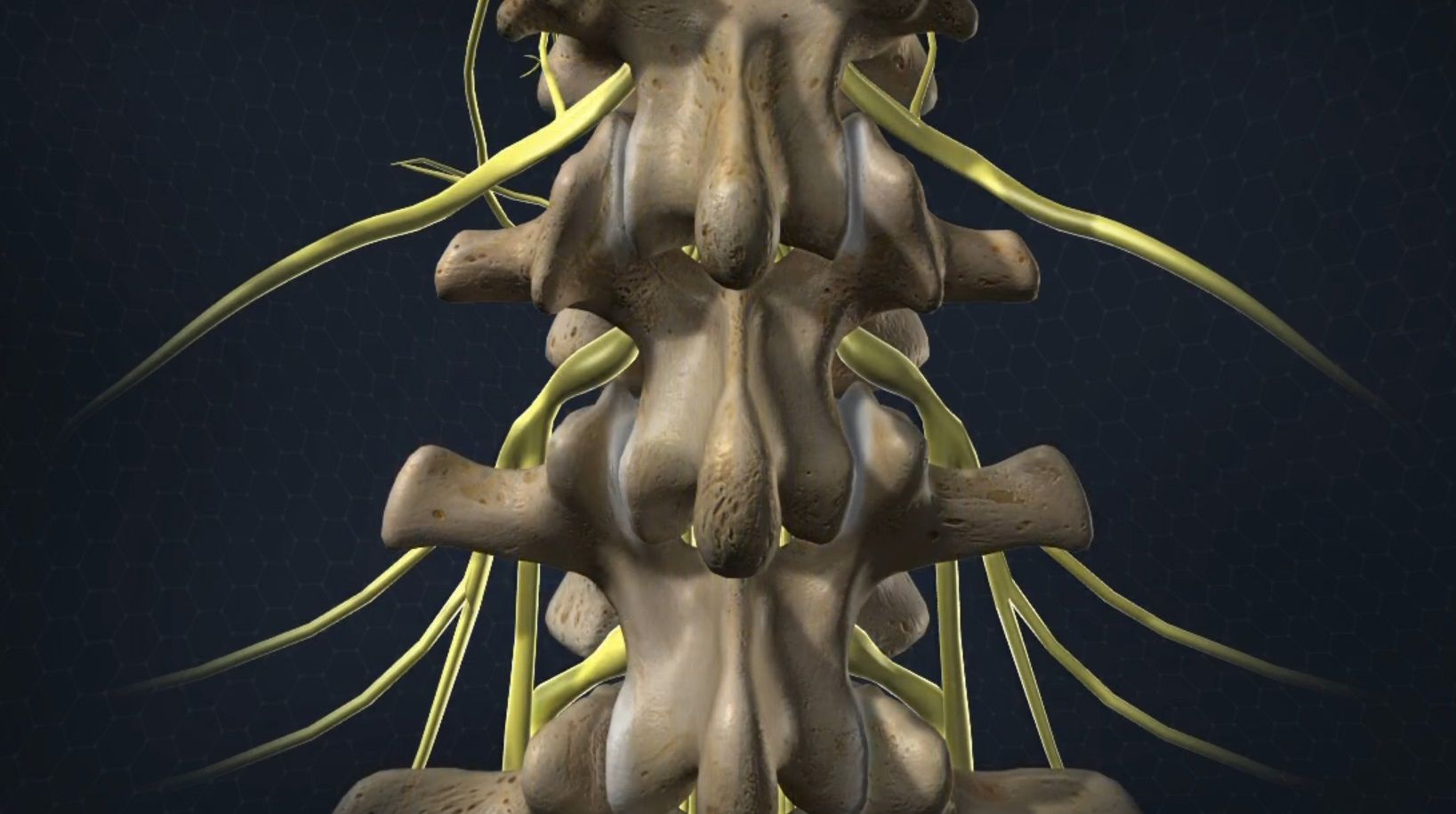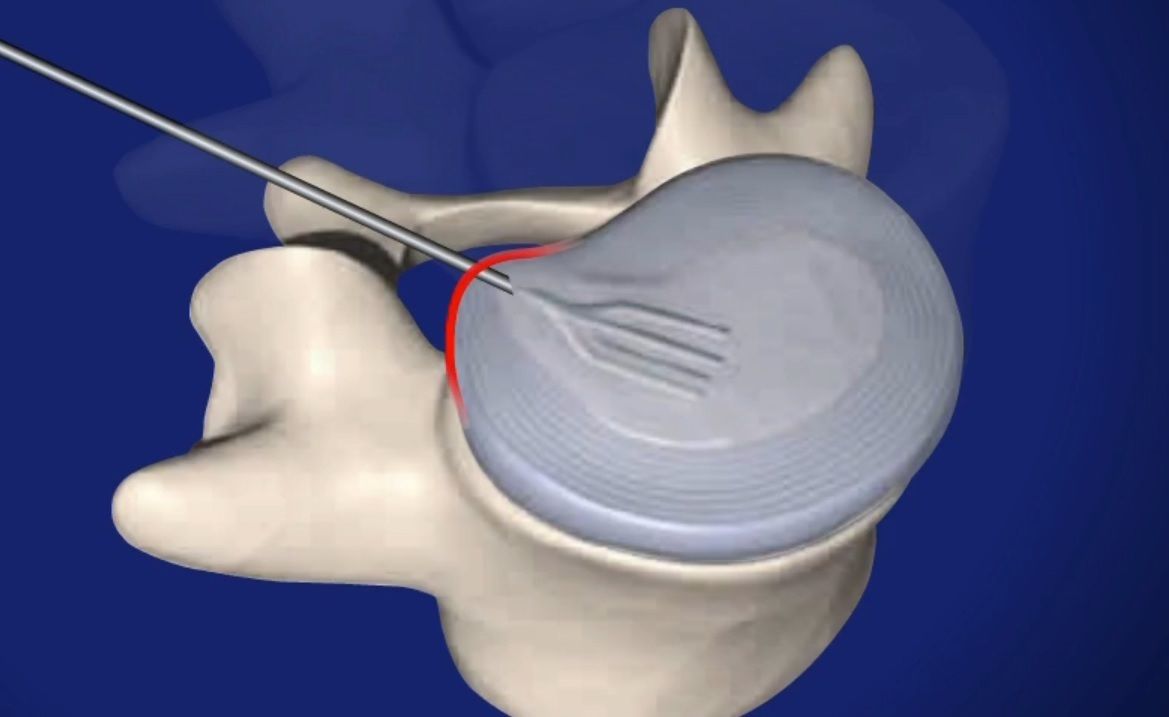Degenerative Disc Disease
Degenerative Disc Disease
Overview
Vertebral discs act cushion and absorb shock between spinal bones (vertebrae). When discs lose fluid and height, they are said to experience degenerative disc disease. Degeneration happens naturally over time as discs age, but injuries can speed up the degenerative process or make it more severe.
Disc Wall Tears and Scar Tissue
Degenerative disc disease typically starts with small tears in the disc wall (annulus fibrosis). This does not always cause pain. The tears heal with scar tissue, which is weaker than healthy annulus. The more often this cycle happens, the weaker the disc wall will be.
Disc Nucleus Weakens and Collapses
Over time, the center of the disc (nucleus pulposus) becomes damaged and loses some of its water content. Reduced water content causes the disk to lose height and elasticity, weakening its ability to cushion and absorb shock. The vertebrae above and below this damaged disc come closer together, causing stress on the facet joints – the areas where the vertebral bones touch.
Bone Spurs Form
The vertebrae will grow additional bone, known as spurs, to counteract the weakened disc. If large enough, these bone spurs can compress nerve roots or the spinal cord.
Symptoms
Many people with degenerative disc disease have no symptoms. Others feel pain or numbness or tingling in the arms or legs. Certain activities (bending, twisting, lifting) may worsen symptoms while other activities (lying down) may relieve them.
Revised from www.viewmedica.com © Swarm Interactive. Unauthorized duplication is strictly forbidden.
- Category / Injury




